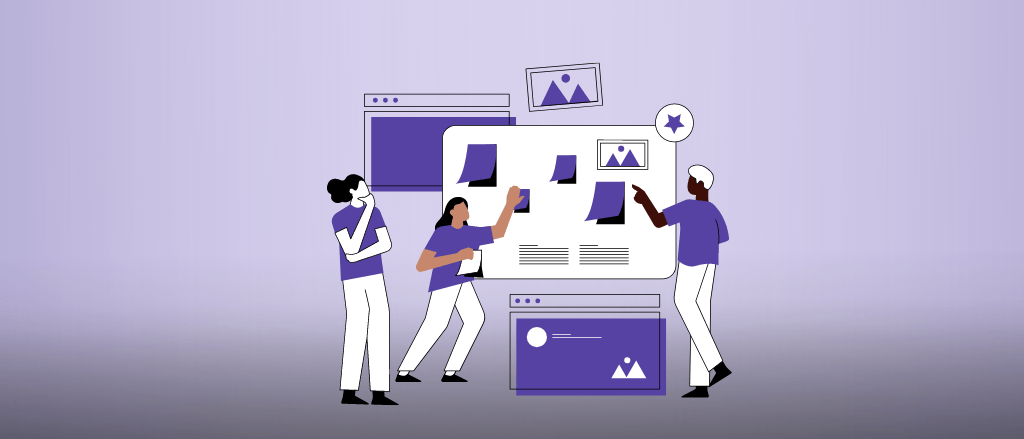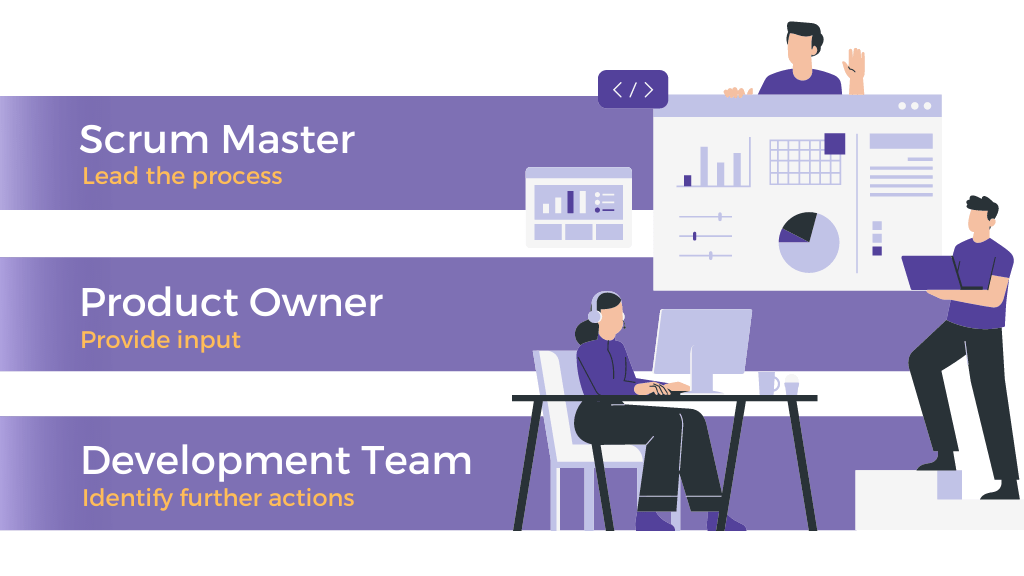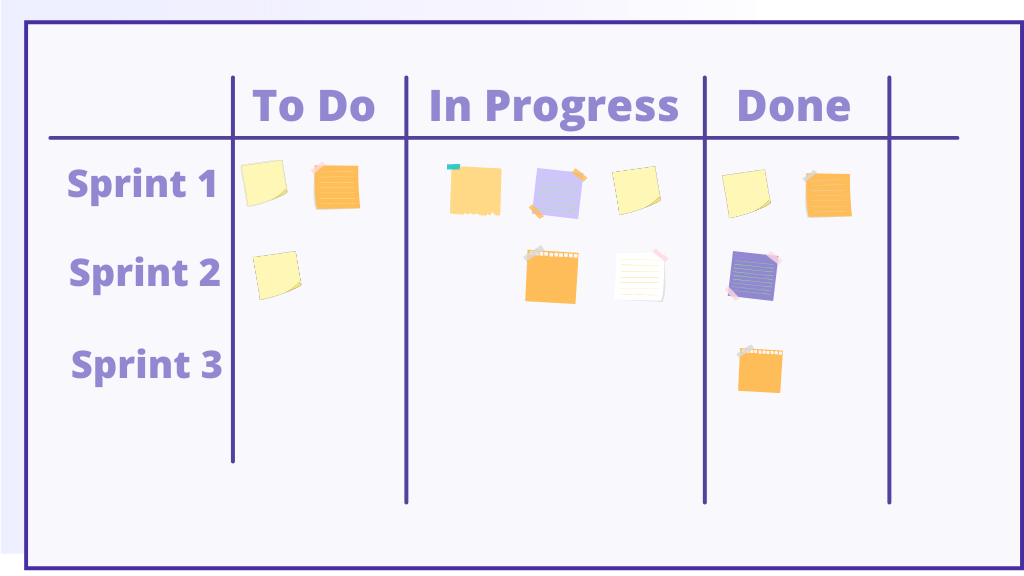
Daily Scrum: How Efficient Can a Meeting Get?
Daily Scrum Meeting
Conducting meetings for a working project is an essential part of any teamwork. Without constant communication and assessment, it would not be possible to keep track of the progress and ensure high quality products as a result.
Team Members Roles in
Daily Scrum
Source: Scrum.org, What is Daily Scrum?
- A broken item
- Delayed delivery of a software
- Trouble cooperating with involved organizations
- Lack of knowledge or skill
- Lack of availability of colleagues
- Unrelated tasks assigned by the company authority
Daily Scrum Structure and Time
The most important aspect of Daily Scrum is to keep the meeting short and concise with the time frame of 15 minutes.
The team decides on the time and location prior to the first meeting and continues to hold the same time and location for the remaining standup meetings of the particular project.
Source: Scrum.org, What is Daily Scrum?
Before each meeting, all team members prepare their points and answers to identical questions, so that the daily scrum runs in a quick and organized manner.
Although preferred to hold in-person standups, it is also possible to organize virtual ones. Virtual Daily Scrum provides many benefits:
- Connect with the team members who work remotely;
- Lead Daily Scrum with large groups for bigger projects;
- Have a recording tool that keeps track of all the notes throughout the meeting, easing the tasks of the group.
If you want to familiarize yourself with virtual or hybrid standup meetings, you might consider reading reviews of different Daily Standup Software.
Daily Scrum Rules and Questions
This approach, which represents repetition, helps the team identify the progress and problems that occur on daily bases. The questions are the following:
- What did I do yesterday?
- What will I do today?
- What challenges are keeping me from the end goal?
After answering the three questions, you might wonder how the answers are tracked. During the meetings, changes are estimated through the Sprint Burnout Chart, which is a visual tool indicating the process, progress, and expected time period to reach the Sprint Goal.
Then the team continues to focus on the Product Backlog Item (PBI) or the Task Board to identify further actions and priorities.
– Daily Scrum is strictly for the purpose of the project in progress. Small talk or unrelated conversation are considered distractions, which only take away your short time to address daily tasks and challenges.
– Daily Scrum is also not a problem-solving meeting; it is simply a quick update. Additional questions and problems should be considered and discussed at other meetings.
How to Run an Effective Daily Scrum
Daily Scrum Meeting Task Board.
However, there are several tactics you can use to ease the process of your Daily Scrum and ensure an efficient outcome from each meeting. Please consider the following:
- Use visual tools
Actively use visual tools such as the Task Board, to engage your team and make sure that every member has their input during the Daily. It also ensures that the Task Board is up to date on daily bases, which creates more clarity on what the team is working on. You can place the board on a central area to make it your main object of focus.
- Be transparent
It’s important to know your sprint goal and your daily goal. Create a definition of “complete” and build mutual agreements with the whole team to make sure that your strong collaboration and honesty when it comes to work.
- Team involvement
While it was mentioned that the attendance of Product Owner and Scrum Master is not necessary, consider the following suggestion. Scrum Master’s role in the daily might not be beneficial; instead, focus on the team engagement to identify the problems. Product Owner, on the other hand, could be a part of the meetings once in a while. It can be an important input to clarify the goals and understand how to proceed further.
- Be mentally present
When attending the same meeting day after day, one can easily be zoned out through the majority of the time. Make sure that you are ready for the meeting beforehand and focused on discussing all the important aspects of the day.
- Treat it as a Game
Following the previous thought, Daily Scrum, despite its intense structure, can get quite mundane. For that reason you might want to use the Daily Standup Ball.
Take a tennis ball or any small object and use it to take turns to speak. Not only will it turn the meeting into a fun and informative activity, but it will also give the members equal time and opportunity to talk. - Change it Up
We all understand the importance of iteration in this case, which requires us to follow the same questions daily to be able to identify problems and success rates. But after some experience working in the team, it wouldn’t be so bad to add or change some questions, if you are sure it will benefit your meeting. Such questions could be:
- What should we change that we initially didn’t want to change?
- We are behind. How can we reach our goal in time?
- What should we focus on?
Don’t Stress it. Have fun!
While it seems like a tense, short meeting, where you cannot be distracted at any point, Daily Scrum can and is quite energizing. The key is to not stress out or be way too serious. Focus on the work, engage with your team, create a light environment to reach your goal. It can definitely give you a positive energy boost you need for the rest of your day!






